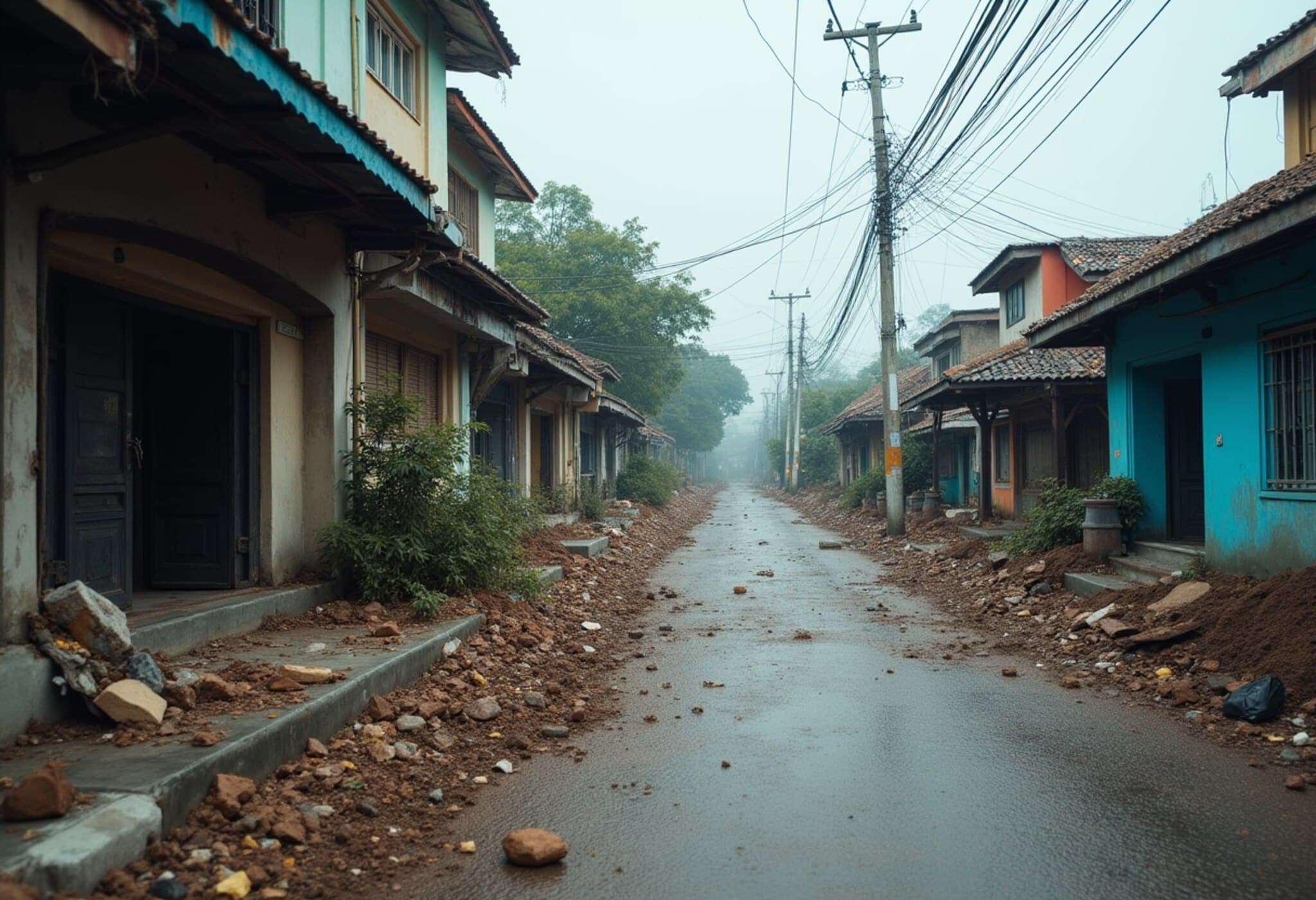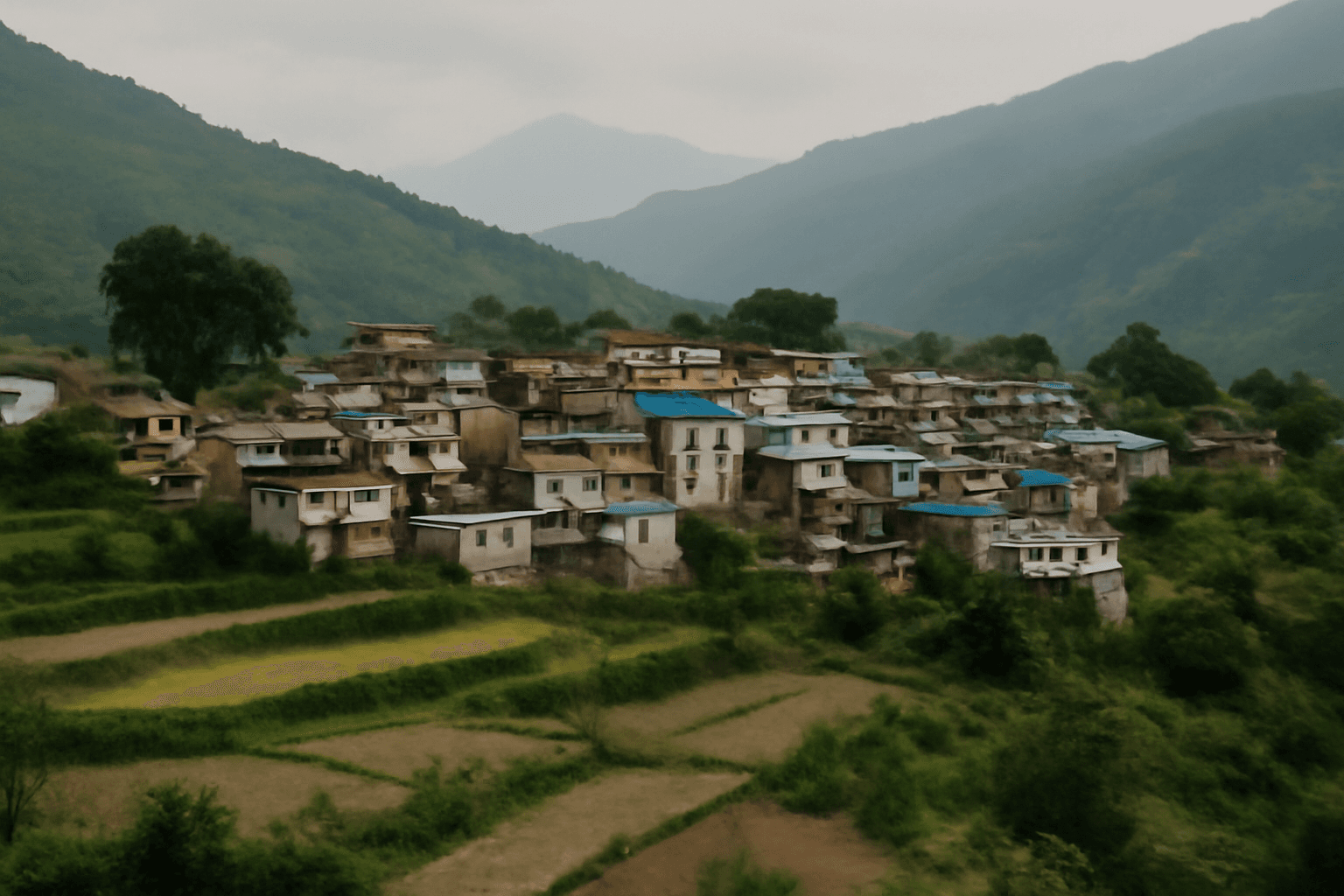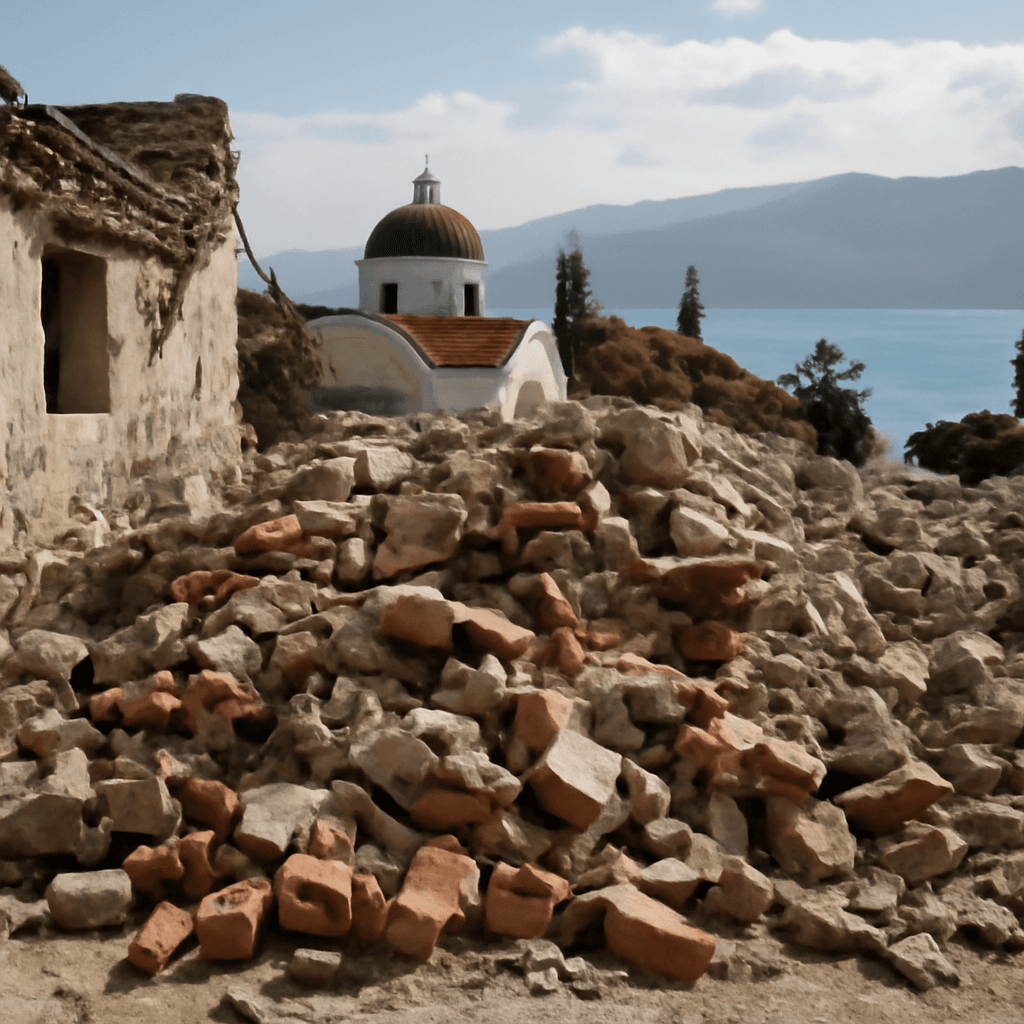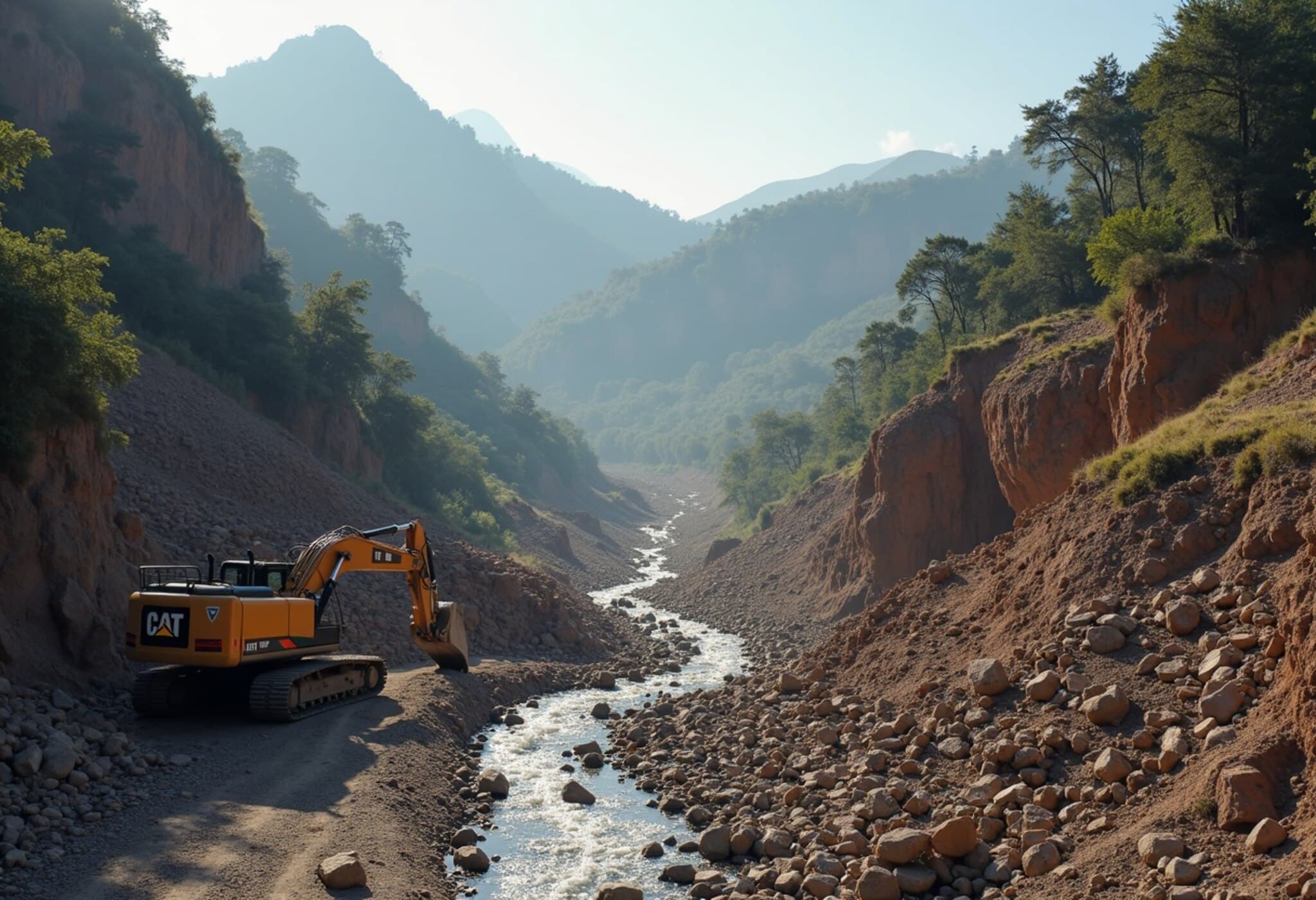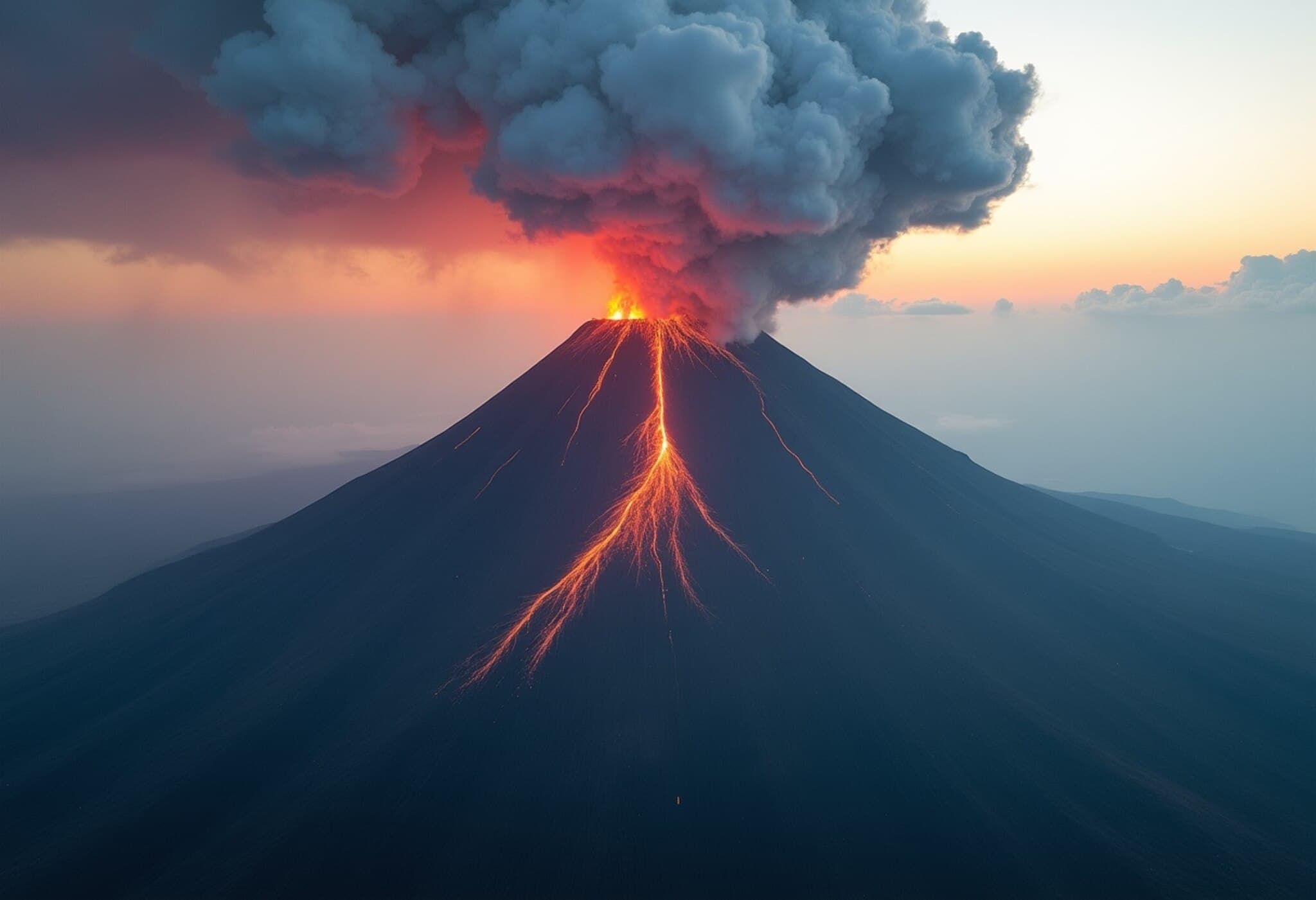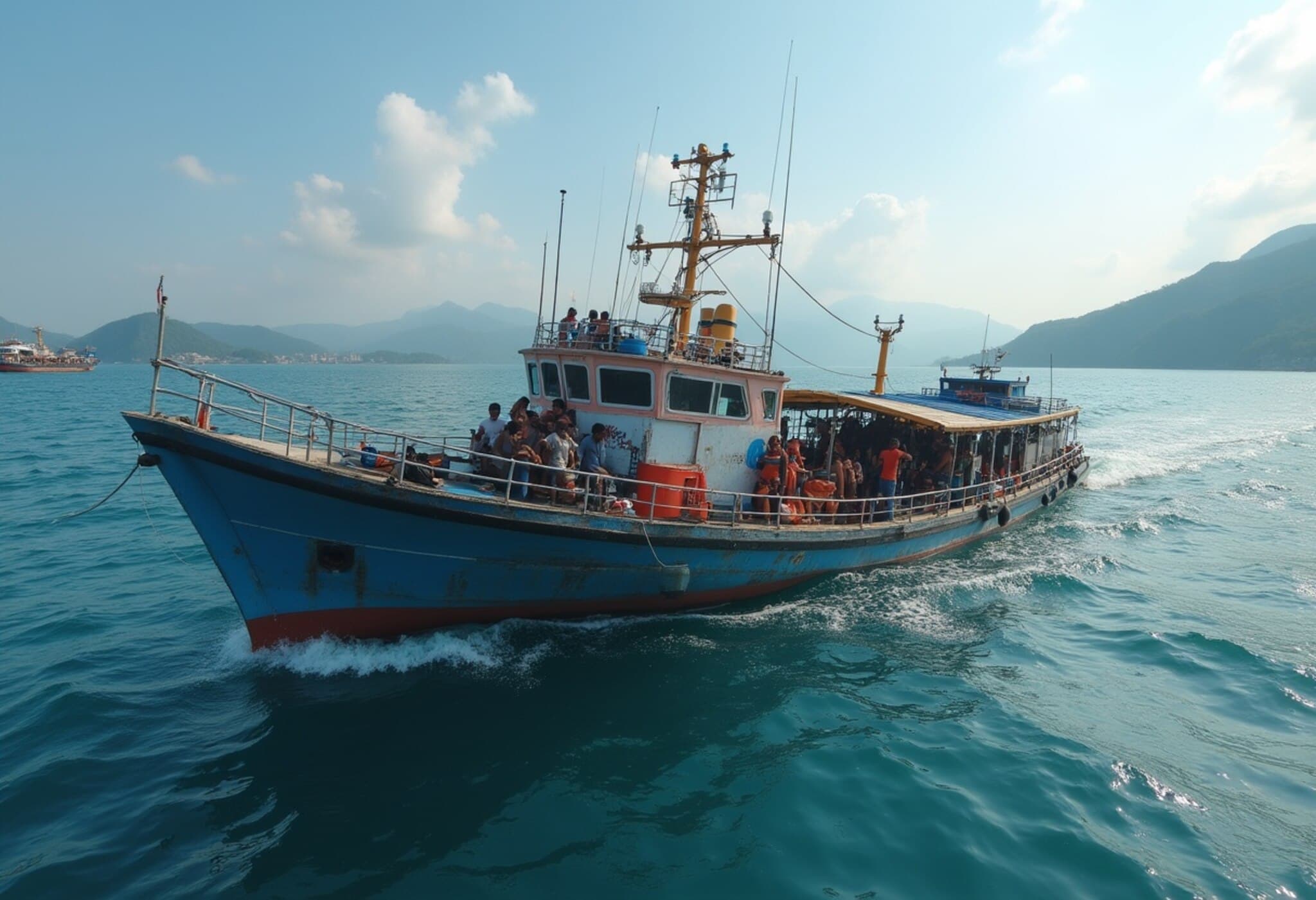Powerful 6.7-Magnitude Earthquake Hits Indonesia’s Maluku Islands
On Monday, July 14, 2025, a significant earthquake registering 6.7 on the Richter scale struck Indonesia, specifically near the Maluku Islands. According to the United States Geological Survey (USGS), the seismic event’s epicenter was located approximately 179 kilometers west of the city of Tual, a key urban area situated roughly 3,000 kilometers east of Indonesia’s bustling capital, Jakarta.
No Tsunami Alert, No Immediate Casualties Reported
The immediate aftermath of the quake brought relief as authorities declared no tsunami alert had been issued. Indonesia’s geophysics agency swiftly assessed that despite the quake’s substantial magnitude, it lacked the energy and characteristics necessary to trigger a tsunami. As of now, there have been no confirmed reports of fatalities, injuries, or significant damage to infrastructure.
Understanding Indonesia’s Seismic Risks on the 'Ring of Fire'
Indonesia’s location along the notorious Pacific “Ring of Fire” makes it one of the world’s most seismically active regions. This vast volcanic arc, stretching from Japan down through Southeast Asia and into New Zealand, is marked by numerous tectonic plate boundaries that continually reshape the earth’s surface, often violently.
- High seismic frequency: Indonesia experiences frequent earthquakes due to the convergence of several major tectonic plates, including the Pacific, Eurasian, and Indo-Australian Plates.
- Historical precedents: Past earthquakes have resulted in devastating tsunamis and significant loss of life, notably the 2004 Sumatra earthquake and tsunami, which claimed over 170,000 lives.
Reflecting on Past Tragedies to Inform the Present
The recent tremor serves as a sobering reminder of Indonesia’s vulnerability. Notable recent events include:
- The 2021 earthquake with a magnitude of 6.2, causing nearly 100 casualties.
- The 2018 Sulawesi earthquake and subsequent tsunami that caused over 2,000 deaths.
- The catastrophic 2004 Indian Ocean earthquake and tsunami, one of the deadliest natural disasters recorded in history.
Experts often stress that despite advances in early warning systems, continuous investment in disaster preparedness, resilient infrastructure, and public education remain essential to mitigate future risks.
Expert Commentary: The Challenges of Disaster Preparedness in Indonesia
Dr. Anwar Rahman, a seismologist at the Indonesian Agency for Meteorology, Climatology and Geophysics, notes, “While no tsunami was triggered this time, each quake underscores the unpredictable nature of tectonic forces here. Our ongoing challenge is enhancing early warning capabilities and ensuring communities are prepared to respond swiftly.”
From a policy perspective, Indonesia’s government faces the complex balancing act of fostering economic development in vulnerable regions while strengthening safety nets against natural disasters. Analysts argue that international collaboration, technology transfer, and local engagement are pivotal in achieving this goal.
What Lies Ahead?
As residents return to normalcy, geologists continue to monitor aftershocks and related seismic activity. Authorities maintain alertness, emphasizing community readiness and coordination with regional and global monitoring agencies.
The 6.7-magnitude earthquake is a vivid chapter in Indonesia’s ongoing narrative marked by resilience amid natural adversity. It also highlights the vital importance of sustained vigilance and innovation in disaster risk management across one of the world’s most seismically volatile landscapes.
Editor’s Note:
This earthquake highlights Indonesia’s precarious position on the Pacific Ring of Fire and the crucial need for robust disaster preparedness infrastructure. Readers are encouraged to consider how natural disasters intersect with social equity, infrastructure investment, and governmental policy—critical facets that can transform tragedy into resilience over time.

